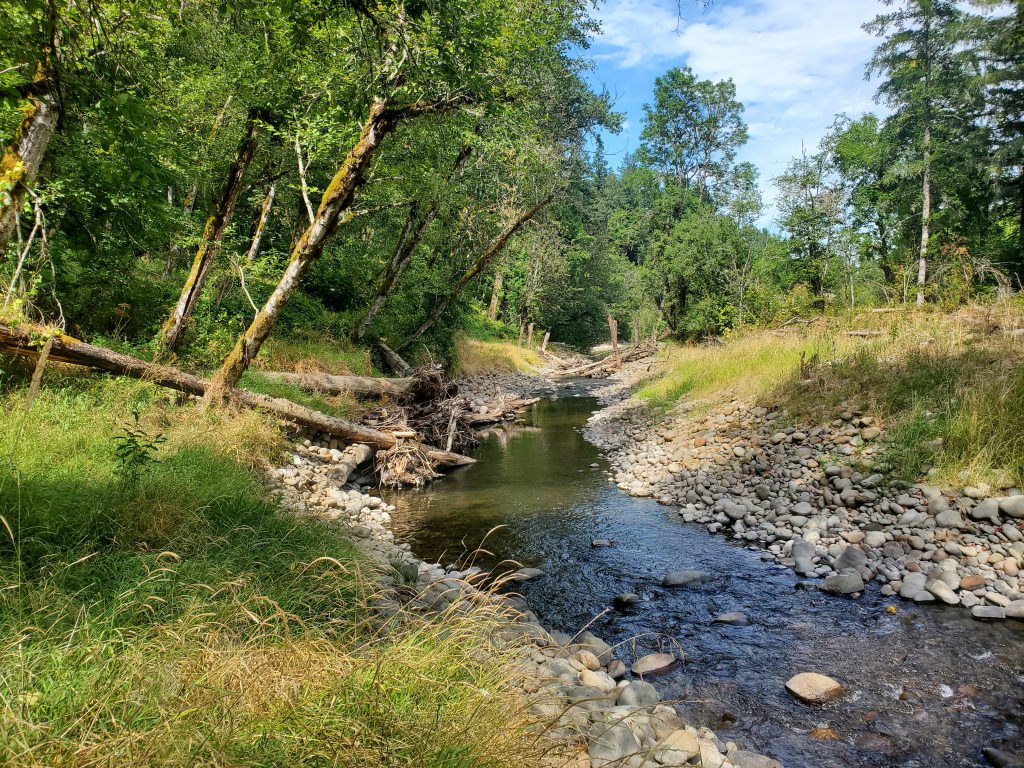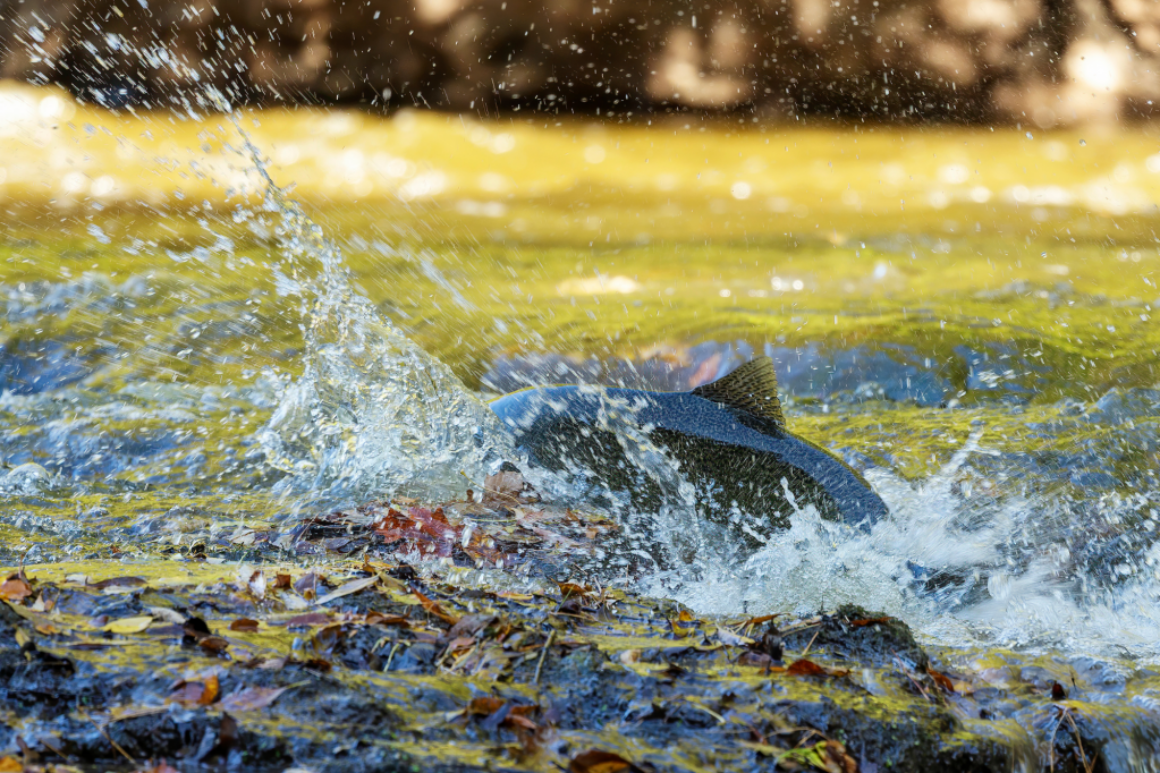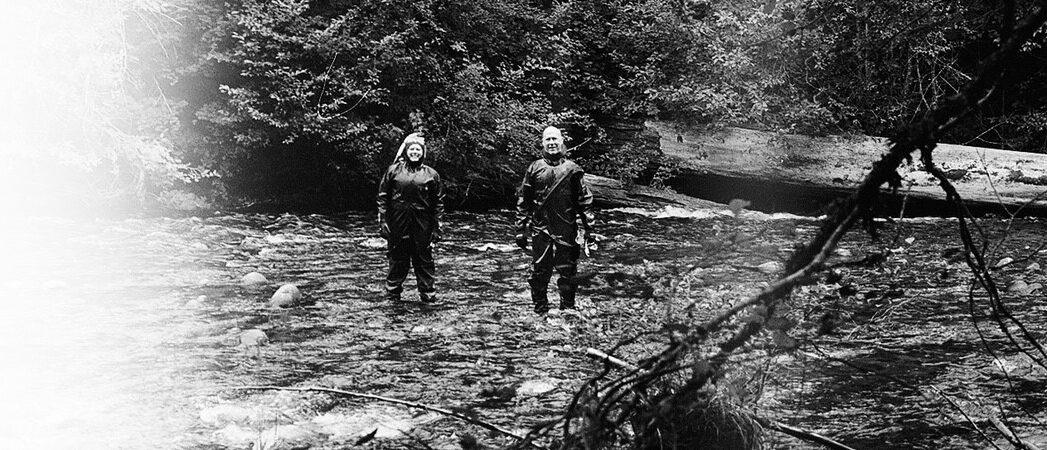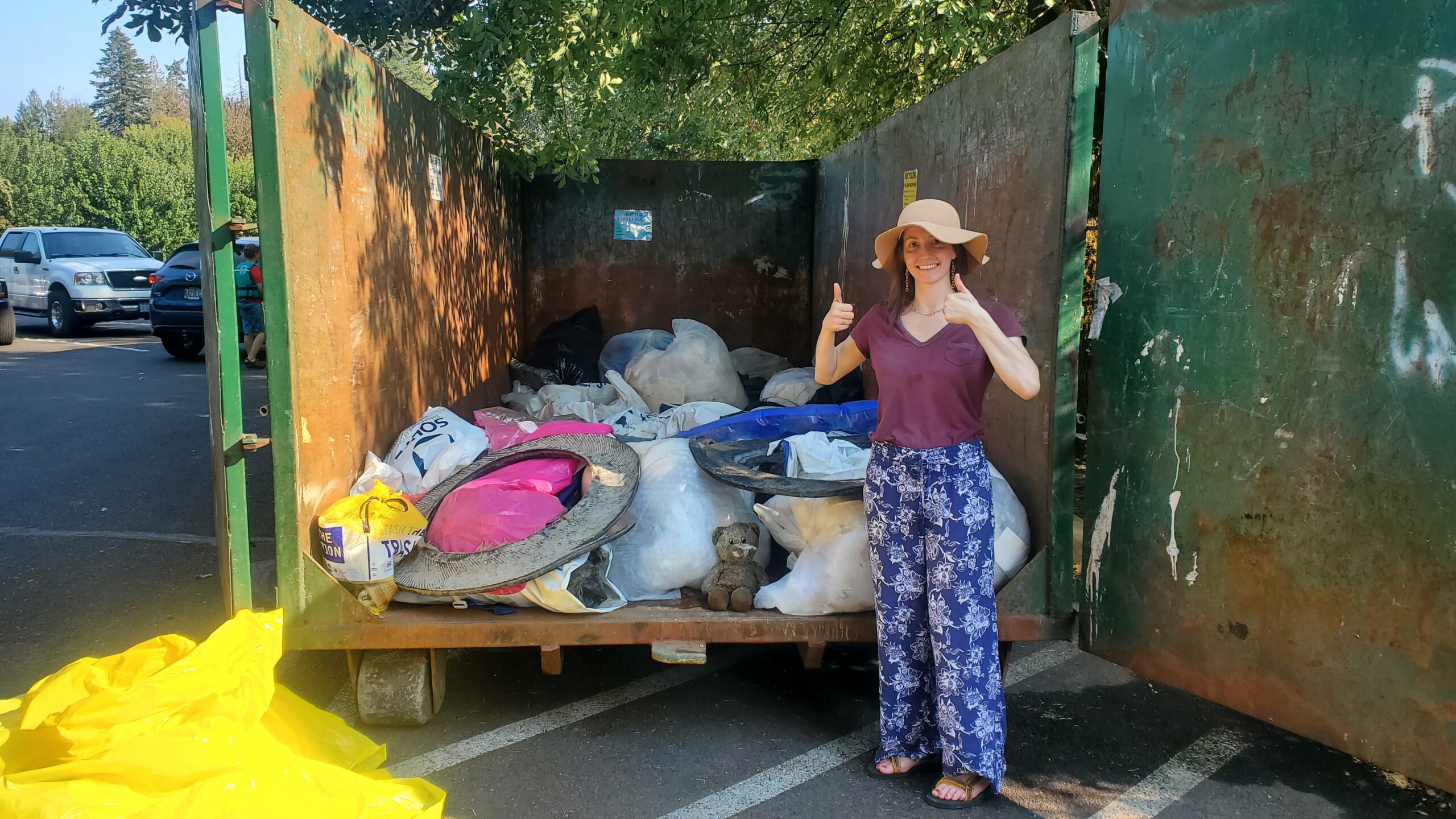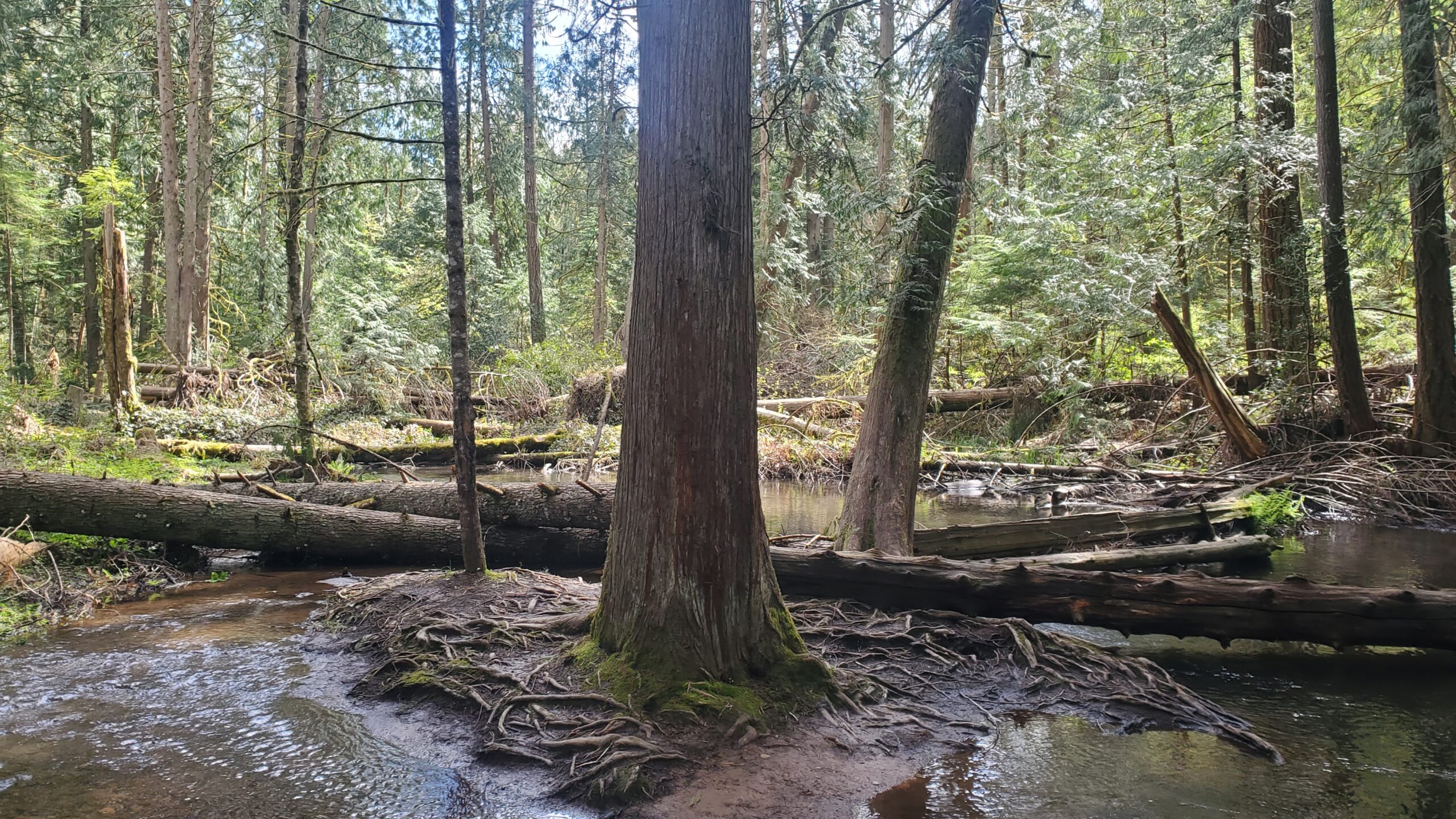2023 – The Year of Kings in the Clackamas
By Nick Ackerman, Senior Scientist at Portland General Electric
The Chinook salmon, commonly referred to as King Salmon, is the largest of the Pacific salmon species. Commonly weighing in at 12 to 25 pounds, the size of these fish is due in part to their relatively lengthy tenure in the ocean.
Juvenile Chinook salmon leave the Clackamas River at anywhere from a few weeks old as fry to a full year old as a smolt and most commonly return from the ocean as four- or five-year-old adults. A few individuals do not return to the Clackamas until they are six years of age by which time, they may have exceeded 30 pounds.
Chinook salmon come in many forms, typically referred to as runs representing the time of year that the fish enter the Columbia River returning from the ocean. Along the Pacific coast there are runs of spring, summer, fall and even winter Chinook. In the Clackamas Basin, the overwhelming majority of Chinook are spring Chinook.
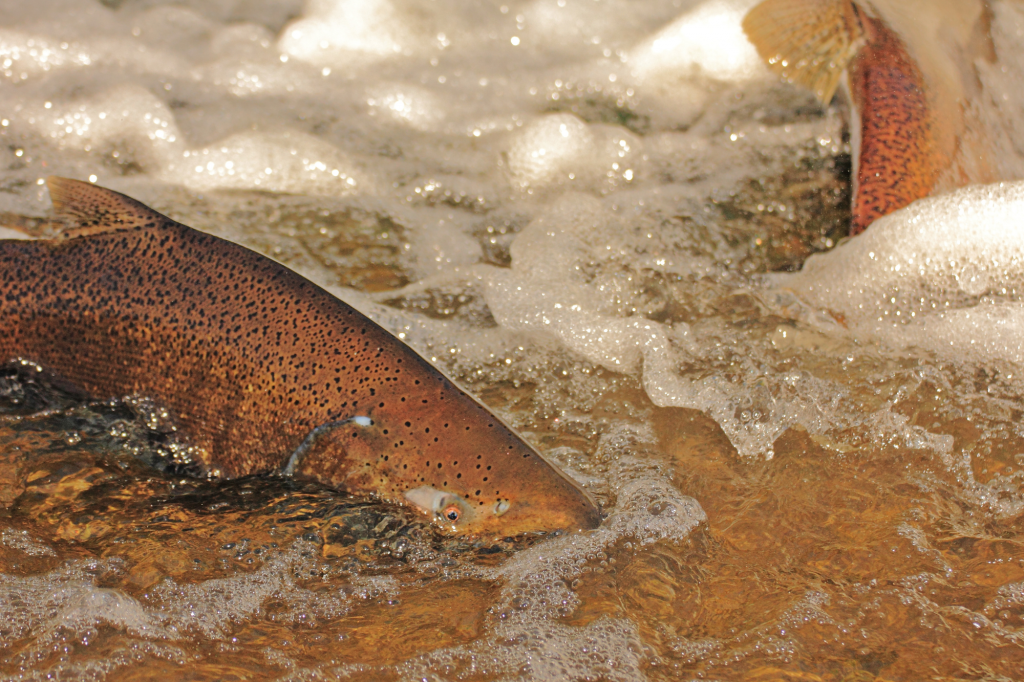
These fish begin to enter the Clackamas in April and continue to do so, even as late as July or August although most fish return in May to July. Taking their time, spring Chinook migrate up the Clackamas to reach spawning grounds throughout the upper watershed in time for spawning which occurs in September to early November.
Since most the spring Chinook spawning habitat in the watershed is found from McIver State Park upstream, the counts of spring Chinook passing Portland General Electric’s North Fork Dam account for most of the fish within the basin.
This year proved to be an exceptionally good year for the Kings of the Clackamas. As of November 1 over 4,700 wild spring Chinook have passed upstream of North Fork Dam. Fish counts at North Fork Dam date back to 1958 and in only one year have more fish passed upstream of the dam. In 2004 there were 5,176 spring Chinook that passed upstream of the dam, although about a quarter of the fish passed upstream that year were hatchery fish. Four of the six largest Chinook salmon returns on record have now occurred in the last eight years.
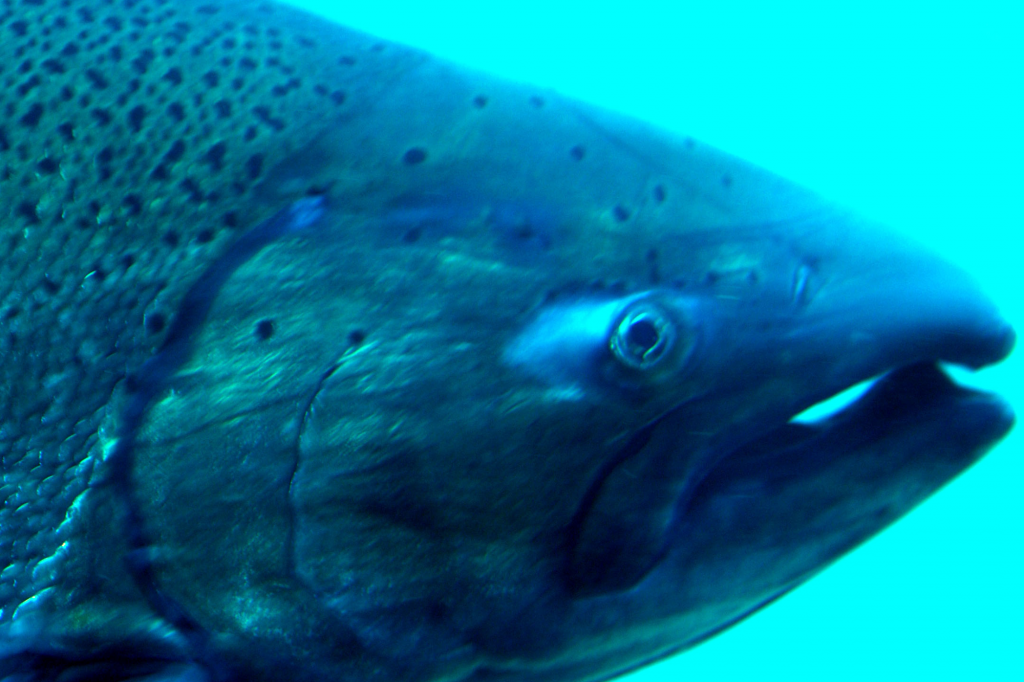
Strong returns in recent years are a result of a variety of factors, not least of which is favorable ocean conditions. Part of the explanation though may lie too in habitat restoration work completed throughout the lower Clackamas in the last 15 years or so.
The peak of juvenile Chinook migration from the upper watershed into the lower Clackamas occurs in October to December. Its not exactly clear where all those juveniles spend the winter, but it is safe to assume that many seek off-channel habitats in the lower Clackamas River. Here, the Clackamas River Basin Council has been active in recent years restoring habitats that provide overwinter refuge for juvenile Chinook, coho, steelhead and other native fish species.
To learn more about our habitat restoration work in the Clackamas Basin, including projects such as the Kingfisher side channel, Sieben-Riverbend side channel, “J” Creek side channel and others please explore the other stories on our website by visiting our Current Projects page.
